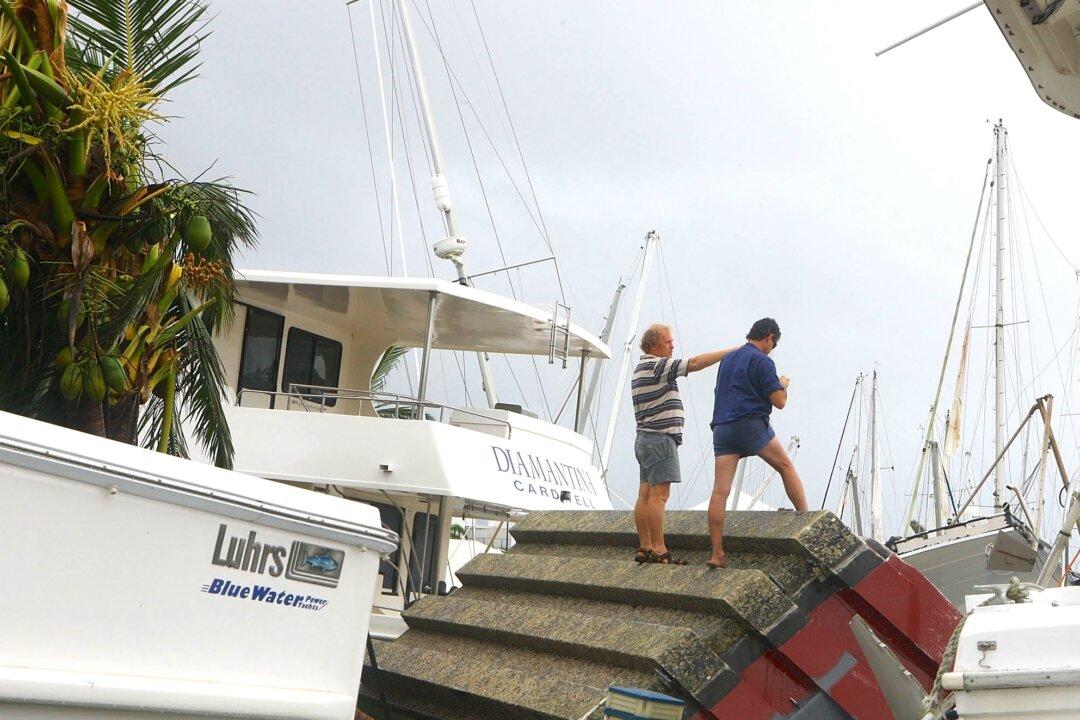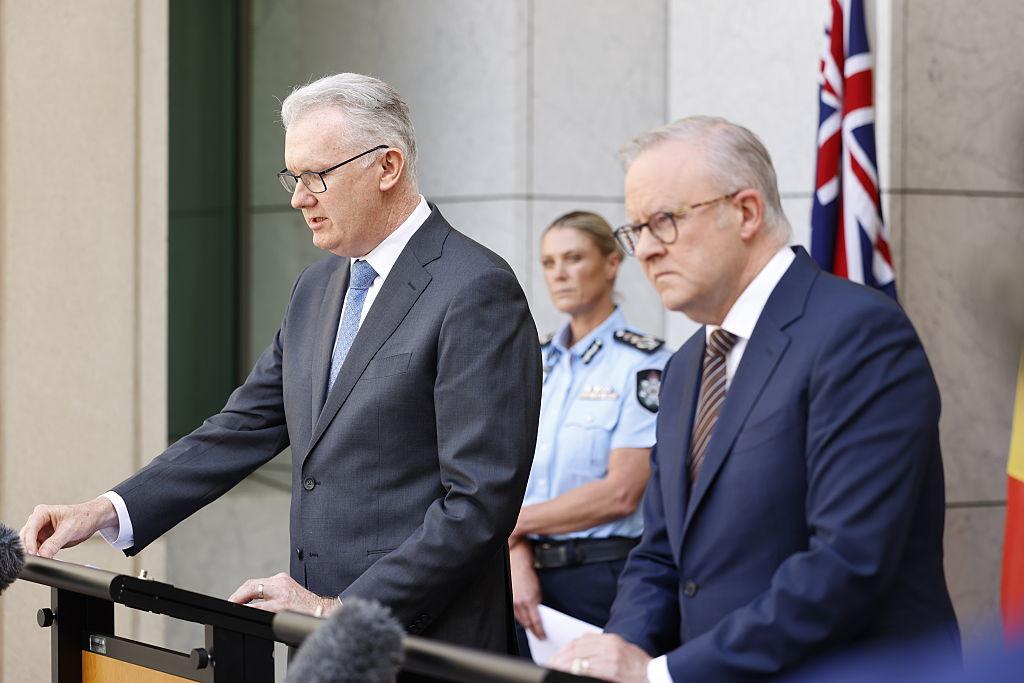Property owners in Queensland’s cyclone region are facing insurance premiums up to 12 times higher than those living near the southern border, the North Queensland Strata Action Group has told a Senate inquiry.
This disparity is exacerbated by inadequate support from insurers as the frequency and severity of natural disasters intensify.





